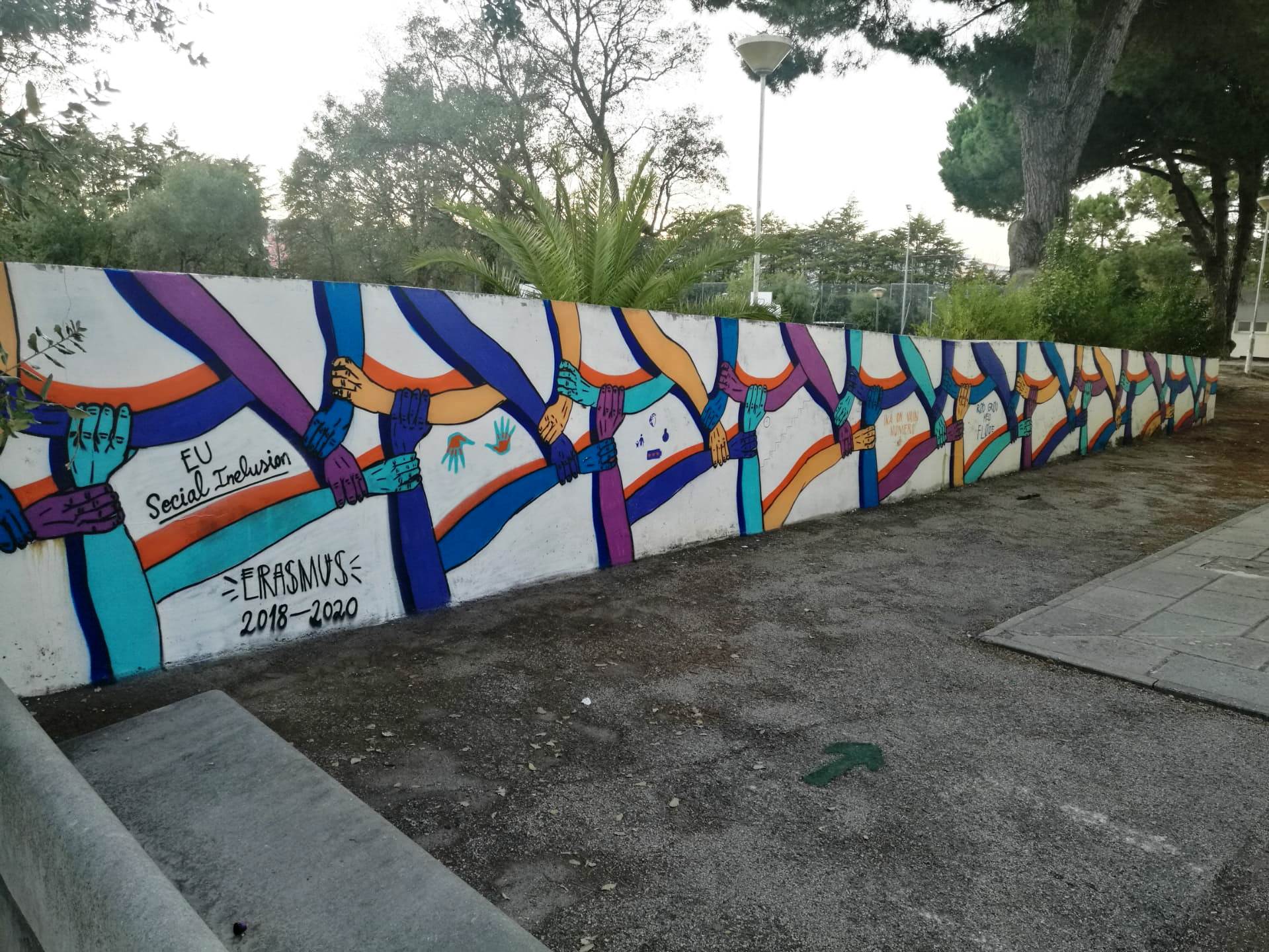
Topic(s) addressed
-
Learning together: students learned about various, innovative ways inclusion can be promoted.
-
A hands-on learning approach was applied, and students played an active role throughout the project.
Target groups
-
Students
-
Teachers
Methodologies
The topic of the project was examined in various ways and different learning methods were applied:
-
community surveys: students collected and analysed the data and presented their findings
-
permanent installations
-
creating posters and videos, including work with green screen (aka news videos)
-
organising workshops in cooperation with local NGOs linked to local communities dealing with the inclusion of certain social groups or minorities
-
creating and updating blogs and web page
Environments
-
The project did not only include participants from other schools, but also from local organisations. This made sure that the project was not only about the school itself, but it ensured local interest and participation.
-
The project tried to take advantage of the strengths of each partner, which also guaranteed the variety of topics that were addressed.
-
Part of our mobilities was also virtual giving us the opportunity to use digital tools but also to open it to a wider audience
Teachers
-
The participating schools offered workshops that helped share best practices on the project's topics.
-
High importance was given to the transferability of the skills in the classrooms, in all participating schools and in the communities.
-
This information formed a range of approaches to social inclusion and served as a model for every community to ensure that no member is left behind.
Impact
The students learned about inclusion from five different perspectives:
-
Using national languages as a means to break down barriers, increase tolerance and understanding and learn about other cultures.
-
Using a hands-on approach to create learning environments based on the production of crops and cooking as a means to increase the opportunity for social inclusion
-
To create a common ground for inter-generational and intercultural learning.
-
Use of animals as a social inclusion approach
-
Social inclusion as a general concept in inclusive processes for minorities.
-
The project had an effect on all the participants and, with the dissemination activities, also on a wider audience.
- Reference
- 2018-1-FI01-KA229-047288
- Project locations
- Finland
- Project category
- Secondary education
- Project year
- 2022
Stakeholders
Coordinators
Kalajoen lukio
- Address
- Finland
Obchodni akademie a Jazykova skola s pravem statni jazykove zkousky
- Address
- Czechia
Grønvangskolen
- Address
- Denmark
KBS Nordhorn
- Address
- Germany
Agrupamento de Escolas de Sampaio
- Address
- Portugal
